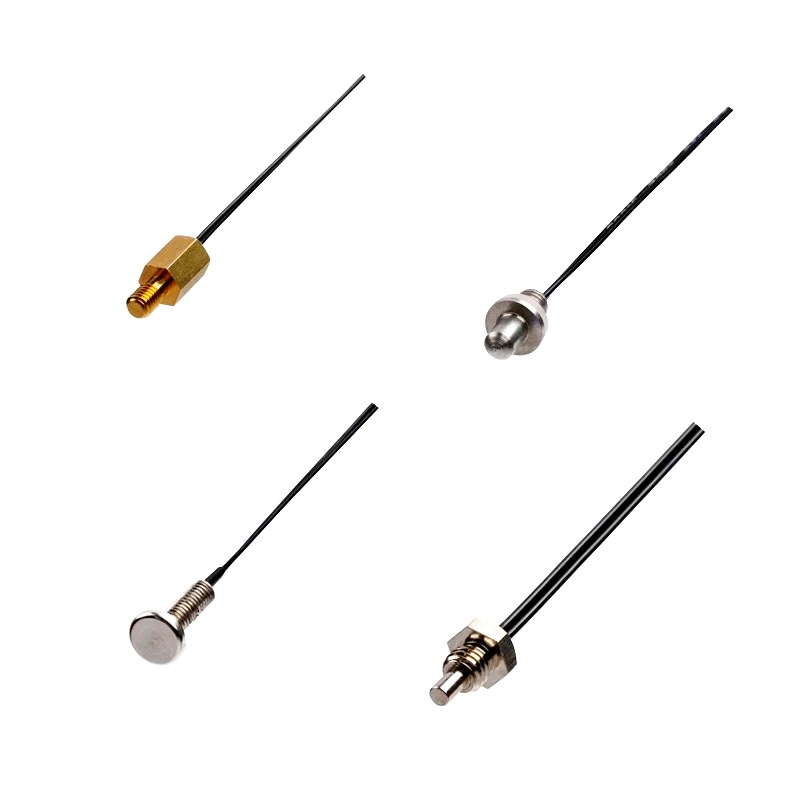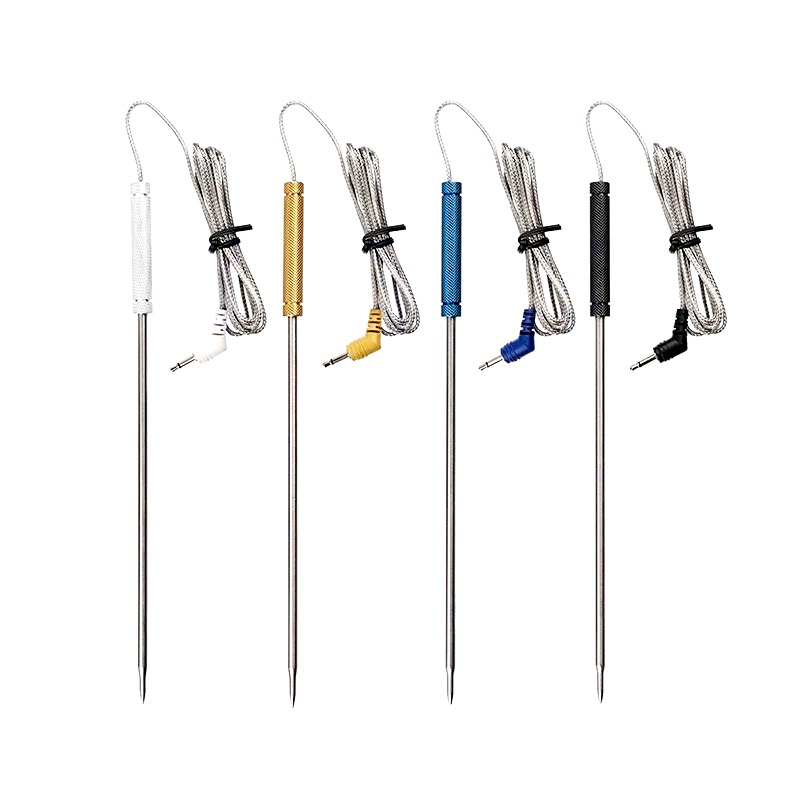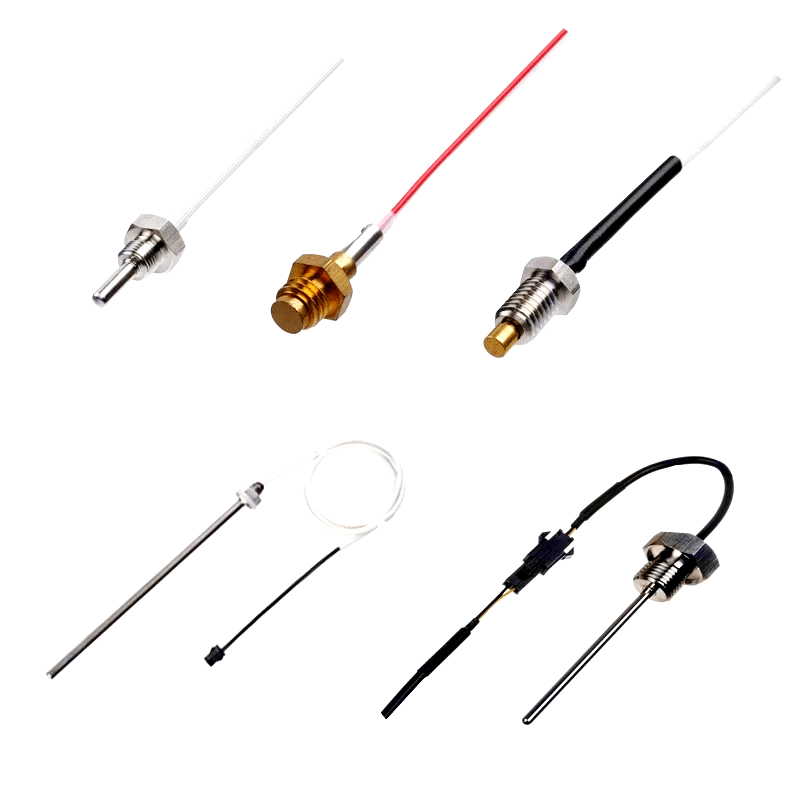
Comprehensive Guide to NTC Thermistor 100k: Basics & More
NTC Thermistor 100k – A Comprehensive Guide NTC Thermistor 100k – A Comprehensive Guide Welcome to our comprehensive guide on NTC thermistors with a 100k resistance. In this article, we will explore the basics of NTC thermistors, their applications, and how they function. Whether you are a seasoned professional or a curious enthusiast, this guide will provide you with valuable insights into the world of NTC thermistors. Table of Contents What is an NTC Thermistor? Working Principle Applications Advantages and Limitations 1. What is an NTC Thermistor? An NTC (Negative Temperature Coefficient) thermistor is a type of temperature sensor that









